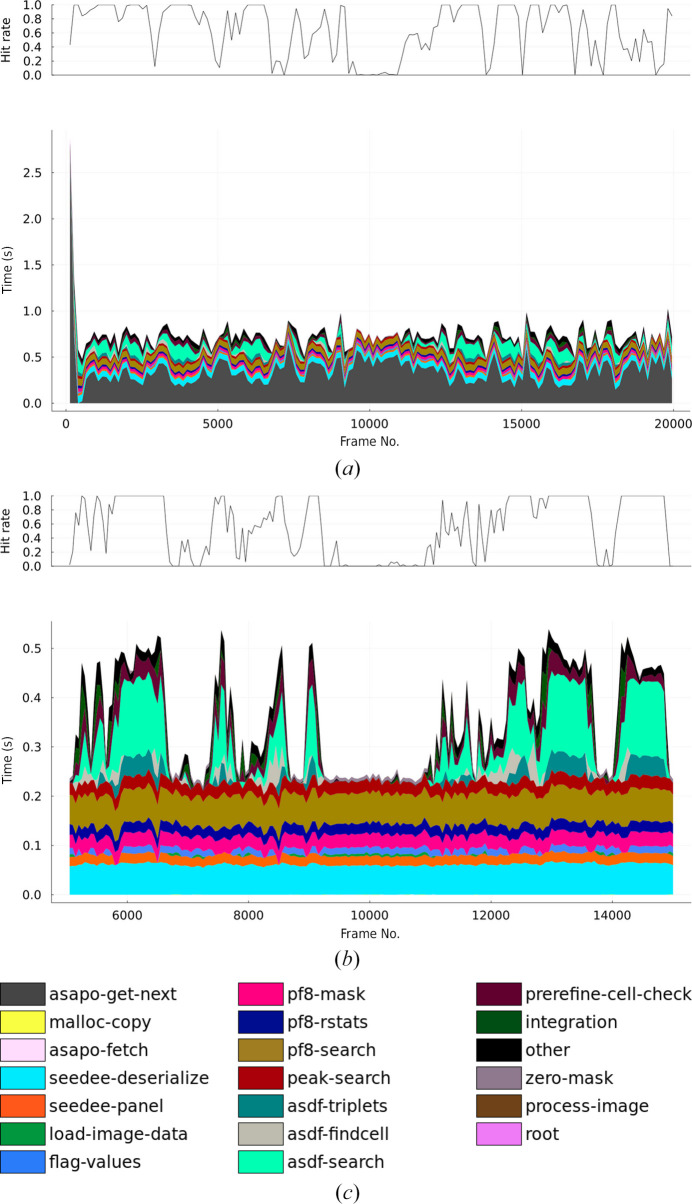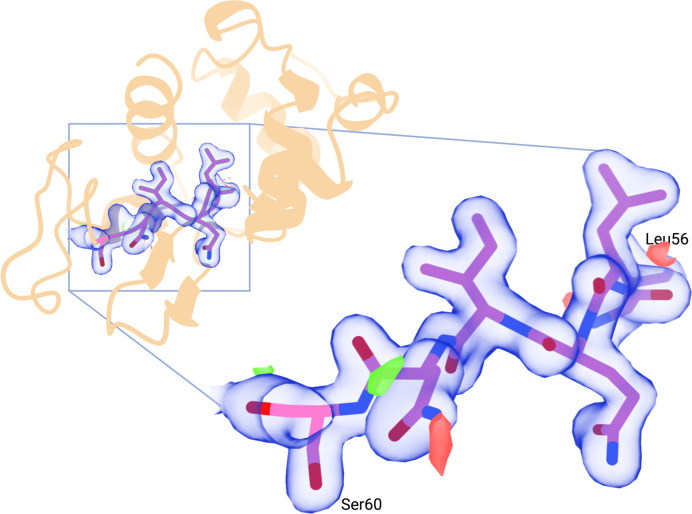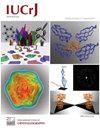连续晶体学实验的实时数据处理。
IF 3.6
2区 材料科学
Q2 CHEMISTRY, MULTIDISCIPLINARY
引用次数: 0
摘要
我们报告使用流数据接口来执行串行晶体学实验的完全在线数据处理,而不将中间数据存储在磁盘上。该系统产生适合缩放和合并的布拉格反射强度测量,每帧延迟小于1秒。我们的系统使用CrystFEL软件结合ASAP::O数据框架。在PETRA III的一系列用户实验中,来自1600万像素Dectris EIGER2 X探测器的帧被搜索到峰值,索引并以每秒133帧的最大全帧读出速度集成。所需的计算资源取决于各种因素,最重要的是非空白帧(“命中”)的比例。对于空白帧,每帧的平均单线程处理时间为242 ms,对于命中帧为455 ms,这意味着单个96核计算节点足以处理数据,并且有足够的空间应对意外的吞吐量减少。期望进一步的显著改进,例如将像素强度合并在一起以减少像素计数。我们讨论了实时数据处理对最近和未来光子科学实验中“数据泛滥”问题的影响,特别是在校准要求、计算访问模式和保存原始数据的需要方面。本文章由计算机程序翻译,如有差异,请以英文原文为准。



Real-time data processing for serial crystallography experiments
We report the use of streaming data interfaces to process data in real time from serial crystallography experiments, with a latency of less than 1 s per frame and without requiring intermediate data storage on disk.
We report the use of streaming data interfaces to perform fully online data processing for serial crystallography experiments, without storing intermediate data on disk. The system produces Bragg reflection intensity measurements suitable for scaling and merging, with a latency of less than 1 s per frame. Our system uses the CrystFEL software in combination with the ASAP::O data framework. In a series of user experiments at PETRA III, frames from a 16 megapixel Dectris EIGER2 X detector were searched for peaks, indexed and integrated at the maximum full-frame readout speed of 133 frames per second. The computational resources required depend on various factors, most significantly the fraction of non-blank frames (‘hits’). The average single-thread processing time per frame was 242 ms for blank frames and 455 ms for hits, meaning that a single 96-core computing node was sufficient to keep up with the data, with ample headroom for unexpected throughput reductions. Further significant improvements are expected, for example by binning pixel intensities together to reduce the pixel count. We discuss the implications of real-time data processing on the ‘data deluge’ problem from recent and future photon-science experiments, in particular on calibration requirements, computing access patterns and the need for the preservation of raw data.
求助全文
通过发布文献求助,成功后即可免费获取论文全文。
去求助
来源期刊

IUCrJ
CHEMISTRY, MULTIDISCIPLINARYCRYSTALLOGRAPH-CRYSTALLOGRAPHY
CiteScore
7.50
自引率
5.10%
发文量
95
审稿时长
10 weeks
期刊介绍:
IUCrJ is a new fully open-access peer-reviewed journal from the International Union of Crystallography (IUCr).
The journal will publish high-profile articles on all aspects of the sciences and technologies supported by the IUCr via its commissions, including emerging fields where structural results underpin the science reported in the article. Our aim is to make IUCrJ the natural home for high-quality structural science results. Chemists, biologists, physicists and material scientists will be actively encouraged to report their structural studies in IUCrJ.
 求助内容:
求助内容: 应助结果提醒方式:
应助结果提醒方式:


